Try electric travel, which is more fun, BYD Sealion 7 or Xpeng G6?
 MichaelDec 12, 2024, 12:41 PM
MichaelDec 12, 2024, 12:41 PM
It's not about saving some fuel costs, but forced by a curious heart to try out the driving experience and smart technologies of electric vehicles.
Unlike our old acquaintants Proton, Perodua, and Toyota, BYD Sealion 7 and Xpeng G6 are totally strange to us.



But there's still a way for us to know their stories well. The history of the producers will tell. It is true for Proton and Perodua. So do electric car manufacturers.
Sealion 7 is a model of BYD, a traditional car manufacturer. BYD started its journey in batteries and its development is almost inseparable from the battery industry, making it a pragmatic car manufacturer. Its biggest advantage is the price. It doesn't mean as cheap as Perodua, but a relativel affordable price compared to its counterparts. No to mention BYD's frequent discount.

G6 comes from Xpeng, a new brand. In terms of the history of the automotive industry, Xpeng can even be said to be a baby, too young. On the other hand, there are benefits, if you're tired of the traditional car styling design, Xpeng will surprise you, like Tesla, and Xpeng also focuses on the sense of technology, intelligent driving is the biggest feature of this company.

Therefore, compared to Xpeng G6, Sealion 7 looks more traditional in appearance. G6 has a long daytime running light on the front, which is very futuristic. Driving G6 with friends will surly spark more conversations.

That's not to say Sealion 7 isn't sci-fi, but it's the advantage of G6! If you can't accept a car product goes too far in sci-fi, then Sealion 7 is a reliable decision.

As a traditional manufacturer, BYD has been making fuel cars for a long time. Therefore, apart from the 15.6-inch center control screen, the rest interior design of Sealion 7 is quite similar to that of the conventional fuel vehicle. But in terms of texture, it overmatches Toyota.

Interestingly, the 15.6-inch screen in Sealion 7 can rotate 90°, switching from landscape to portrait mode. I can't clearly tell the deisgn purpose, but… it's just pretty cool.
In G6, there's also a very large screen on the central control panel, approximately 14.9 inches in size, but it doesn't rotate like that of Sealion 7. The interior style of G6 is relatively simple, and the interface displayed on the control screen also follows the same design, enabling smooth operation, which is attributed to a Snapdragon 8155 chip. By the way, the 8155 chip is not yet available on Sealion 7.

Although the interior looks simple, in fact, G6 offers more comfort-related fucntions than expected. The rear seats have heating functions while the front seats of G6 feature both heating and ventilation functions (although I don't know what the seat heating function is for).

Both Sealion 7 and G6 have a sense of high-end in their interiors, surpassing that of higher-priced vehicles like Toyota FORTUNER. The reasons lie not only in the screens inside the vehicle, which are more in number and larger in size, but also in the perfectly fit interior trims, reminiscent of German automative brands.

When it comes to audio, Sealion 7 and G6 both feature more speakers compared to Toyota FORTUNER, which only has six speakers. Sealion 7 boasts 12 DYNAUDIO speakers, while Xpeng G6 has 18 speakers!

In terms of power performance, both Sealion 7 and G6 are edging closer to luxury vehicle standards, even surpassing them.
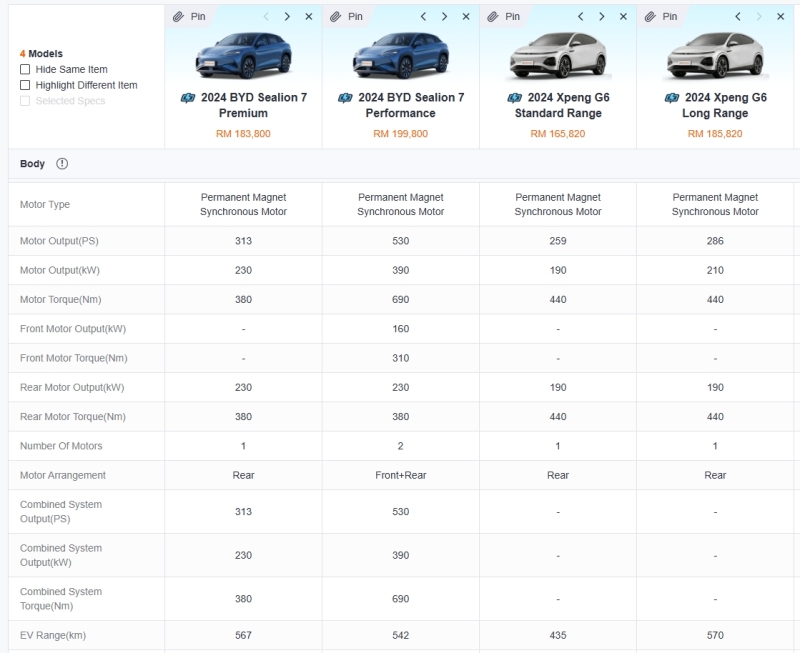
BYD has equipped Sealion 7 with ample power: the the rear-wheel-drive version accelerates from 0 to 100 km/h in 6.7 seconds, while the all-wheel-drive version achieves it in 4.5 seconds. However, the Sealion 7 uses 245/45 R20 tires, while G6 is 255/45 R20 tires. Perhaps Sealion 7 opted for smaller tires for the sake of longer range.
Currently, G6 is offered only in rear-wheel-drive configurations, with the Standard Range version accelerating from 0 to 100 km/h in 6.6 seconds and the Long Range version in 6.2 seconds.

To be compatible with such rapid acceleration, Sealion 7 and Xpeng G6 have put a lot of efforts into the chassis. They both adopt the same design of front double-wishbone and rear multi-link independent suspension.
Honestly speaking, after test-driving Sealion 7, I found G6 has a better chassis. In my personal opinion, BYD, as a traditional car manufacturer, could have done better in this aspect. The driving experience of G6 is more akin to German cars, excelling in body roll control when cornering and braking, and its steering response aligns well with my expectations.

But honestly, this is merely my personal feeling. I highly recommend that you experience it in person, and you may find different answers.
Regarding intelligent driving, it is the expertise of G6. Radar is not equipped in both the two models, but G6 has superior environmental detection capabilities, accurately identifying surrounding vehicles like trains, hatchbacks, and motorcycles.

In terms of intelligent driving performance, Xpeng G6 feels closer to real human driving. Its Lane Centering Control (LCC) operates very smoothly and doesn’t suddenly turn the steering wheel only when it touches the edge of the lane.

When using the LCC, if you signal your turn, G6 will assist you in changing lanes. Besides, G6's Blind Spot Detection (BSD) will monitor the vehicles behind you, ensuring a safe lane change.

It is G6's powerful surroundings detection function that enables it to recognize parking spaces, determine whether they are occupied, and identify nearby obstacles like pillars.

Sealion 7 also has the similar function. However, in actual driving, I was more impressed by Xpeng G6.
Concerning charging, both Sealion 7 and G6 are designed based on an 800V electrical architecture. Sealion 7 has a maximum charging power of 240kW, while G6 can reach a maximum charging power of 215kW, with the Long Range version capable of hitting 289kW. Both models are officially advertised to increase the charge from 10% to 80% in about 20 minutes.

Although there are some differences in the advertised charging times and powers, based on my personal experience, they are actually quite similar. Becase charging speed is influenced not only by the maximum charging power supported by the vehicle itself but also by local power supply conditions.

One of the most obvious difference between fuel cars and electric vehicles is the noise, which makes me feel more comfortable in EVs. In the fuel car market, this often requires a much higher price, whereas Sealion 7 and G6 are priced under 200,000 Malaysian Ringgit.

If I were to recommend between Sealion 7 and G6, I would give suggestions as follow: if you favor trendy electronic products and have owned a PS5, Steam Deck, or iWatch, G6 would be a great match for you. If you prefer the driving style of fuel cars but want to try an electric vehicle, then Sealion 7 might be the way to go.
If any infringement occurs, please contact us for deletion
Trending News
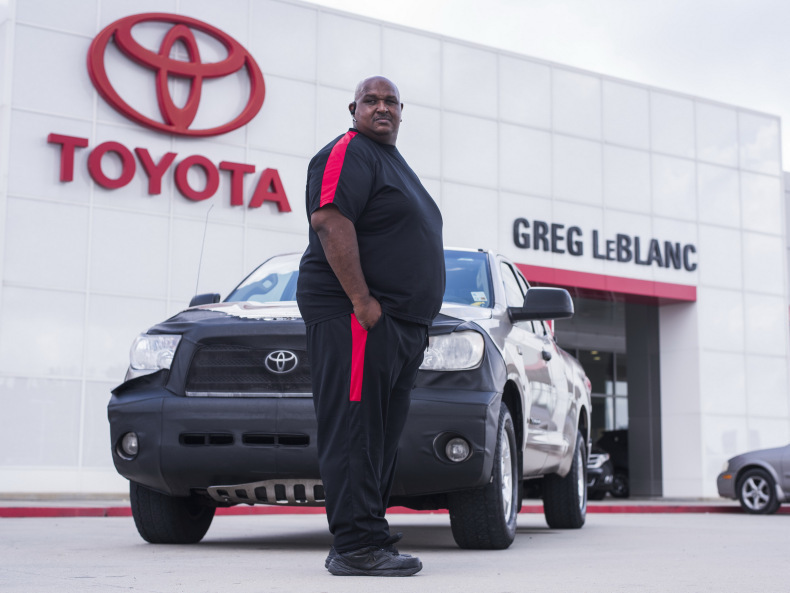
Toyota Tundra Owner Achieves the Second Million-Mile Milestone
[PCauto] The mileage often measures the quality and durability of a car, and Victor Sheppard and his two Toyota Tundra pickups have set a staggering record.With Victor Sheppard's dedication and careful maintenance of the Toyota Tundra, he successfully drove two different Tundra pickups over 1 million miles (approximately 1,609,340 kilometers).In 2007, Sheppard bought a brand new Toyota Tundra CrewMax. Over the next nine years, as a contractor, he worked across the United States, from Louisiana t

BYD Plans to Promote 1000V High Voltage Super Charging Stations and Its Models on a Large Scale
【PCauto】Recently, the news that BYD plans to massively implement a 1000V high-voltage supercharging platform has attracted widespread attention. It is reported that this platform will be launched in the middle of March this year and supports super-fast charging above 5C. After its release, it will quickly be popularized to its own models and large-scale construction of 1000V supercharging stations.This move will undoubtedly set off a wave in the new energy vehicle market. Let's delve into the te
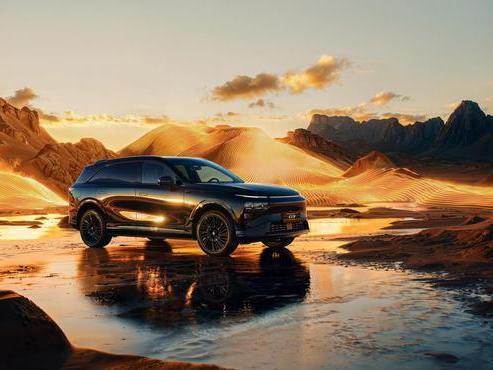
XPENG G9 is about to be launched in China, bringing 66 upgrades in features
【PCauto】XPENG has recently announced that the 2025 XPENG G9 will soon be launched in China. Although the official did not announce the time and price, the success of XPENG G6 and X9 has rekindled expectations for the once-failed G9 by XPENG. In terms of appearance, the G9 continues the X-BOT FACE 3.0 design language, with a closed grill at the front paired with split-style headlights on both sides, new two-tone collision colors and all-black body styles, with a petal-style wheel hub. Combining
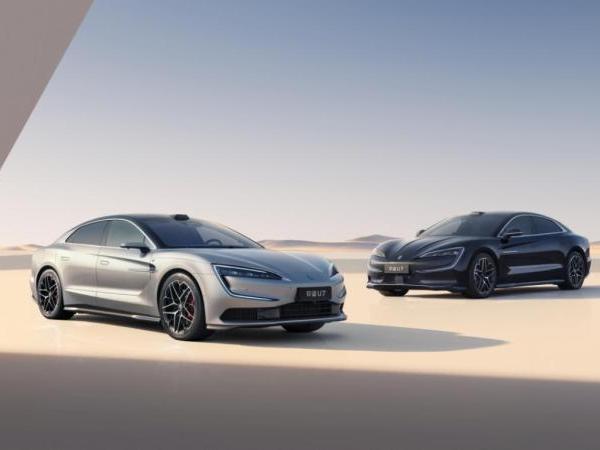
BYD YANGWANG U7 Launches with World's First Suspension Charging Tech
[PCauto] On March 27, BYD YANGWANG U7 was launched, with two power versions of pure electric and plug-in hybrid, a total of four models. YANGWANG U7 EV Five-seater Luxury Edition, priced at about 292.85 million baht/RM38.31 YANGWANG U7 EV Four-seater Flagship Edition, priced at about 330.04 million baht/RM43.19 YANGWANG U7 PHEV Five-seater Luxury Edition, priced at about 292.85 million baht/RM38.31 YANGWANG U7 PHEV Four-seater Flagship Edition, priced at about 330.04 million bah
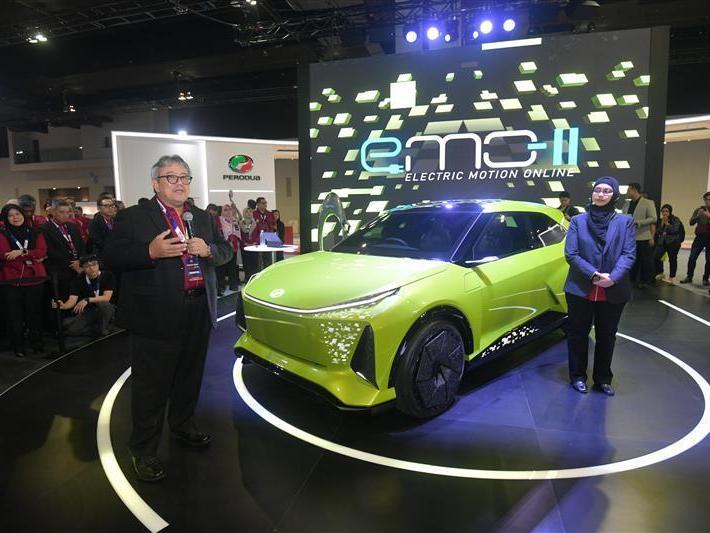
What will the new Perodua Car look like in 2025? What kind of changes will they undergo?
【PCauto】In 2025, Perodua will introduce a series of anticipated new car dynamics, covering the launch of new models and remodeling of several existing models, whether in the bold step in the field of electrification or in the optimization of classical models.Perodua is to launch its first electric car in 2025Perodua's first pure electric car is expected to go on sale officially in the fourth quarter of 2025. To ensure the vehicle's performance and quality, Perodua may initiate testing work as ea
Popular Cars
Car Compare

